In the context of the continuous expansion of the tourism market and the increasing diversification of tourists' demands, various innovative accommodation forms are constantly emerging. Space capsules, as an accommodation option that combines a sense of technology with a unique experience, are gradually entering the vision of tourism investors. So, are space capsules suitable for tourist resorts? What is the investment return situation, and is it worth investors pouring money into? Let's delve into a detailed discussion below.
The futuristic exterior design of space capsules stands in stark contrast to traditional accommodation buildings, offering tourists a novel and unique accommodation experience. Nowadays, tourists, especially young people, are keen to pursue distinctive travel experiences, and space capsule accommodations恰好 (which can be translated as "just right" here, but in this context, it's better to convey the meaning directly as "meet this need") meet this need.
Take a space - capsule - themed resort in Colorado, the United States, as an example. Since its opening, it has attracted a large number of tourists with its unique space - capsule shape and internal technological facilities. Data shows that in the first year of its opening, the resort received 25,000 tourists, of which 75% were young tourists aged 18 - 35. These young tourists shared their space - capsule accommodation experiences on social media, further expanding the resort's popularity and attracting more potential tourists.
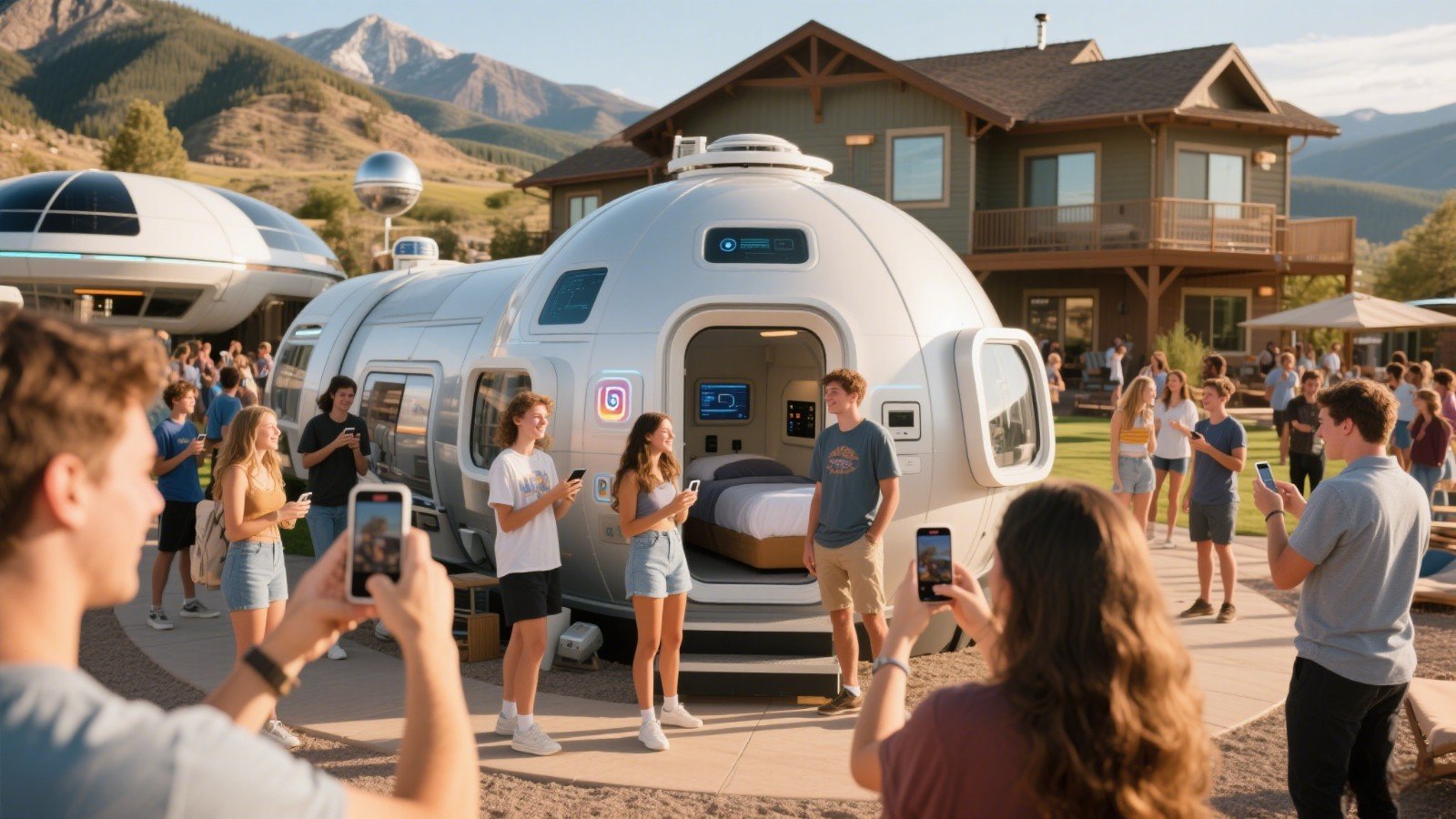
Tourist resorts often have complex terrains, including mountains, seashores, forests, and other landforms. Space capsules have a flexible layout and can be customized and installed according to different terrains.
In a seaside resort in Hawaii, to make full use of the coastal resources, the resort introduced space - capsule accommodations. These space capsules were arranged in a staggered manner along the coastline, ensuring both the comfort of tourists' accommodations and allowing them to enjoy the stunning sea views from their rooms. The resort manager stated that the flexible layout of the space capsules enabled them to better utilize the land resources, increase the accommodation capacity, and enhance the overall attractiveness of the resort.
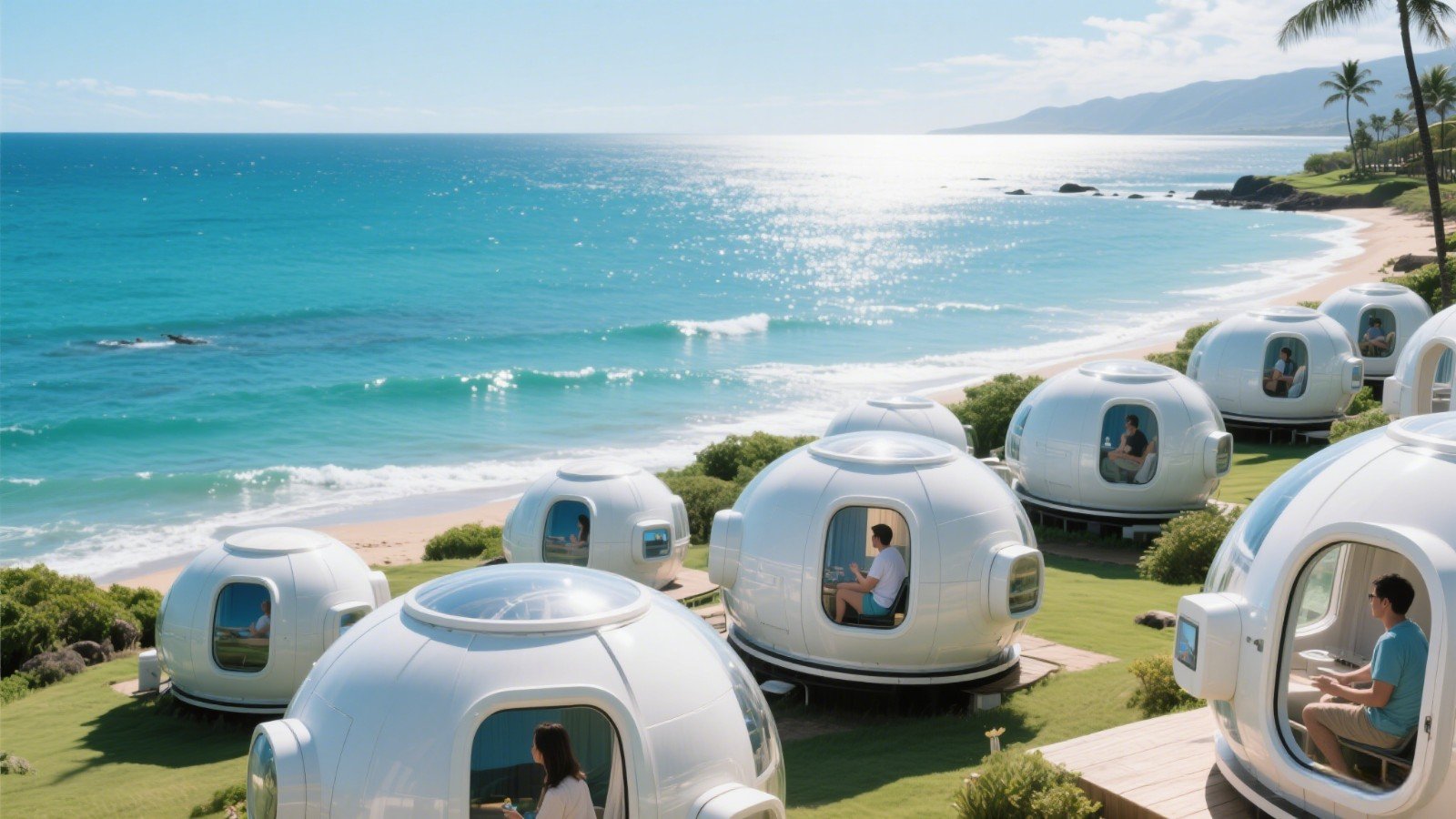
With the deepening of environmental awareness, tourists' demand for environmentally friendly and energy - efficient accommodation products is growing. Space capsules are usually constructed using environmentally friendly materials, have good thermal insulation performance, and can effectively reduce energy consumption.
In a forest resort in Sweden, the space capsules are equipped with solar power generation systems and rainwater collection systems. The solar power generation system provides most of the electricity needs for the space capsules, and the rainwater collection system meets the daily water needs of the space capsules. According to the resort's statistics, after adopting these environmental protection facilities, the energy consumption of the space capsules has been reduced by 40% compared to traditional buildings, and water consumption has been reduced by 30%. This characteristic of environmental protection and energy efficiency not only conforms to the sustainable development trend of the tourism industry but also wins a good social reputation for the resort.
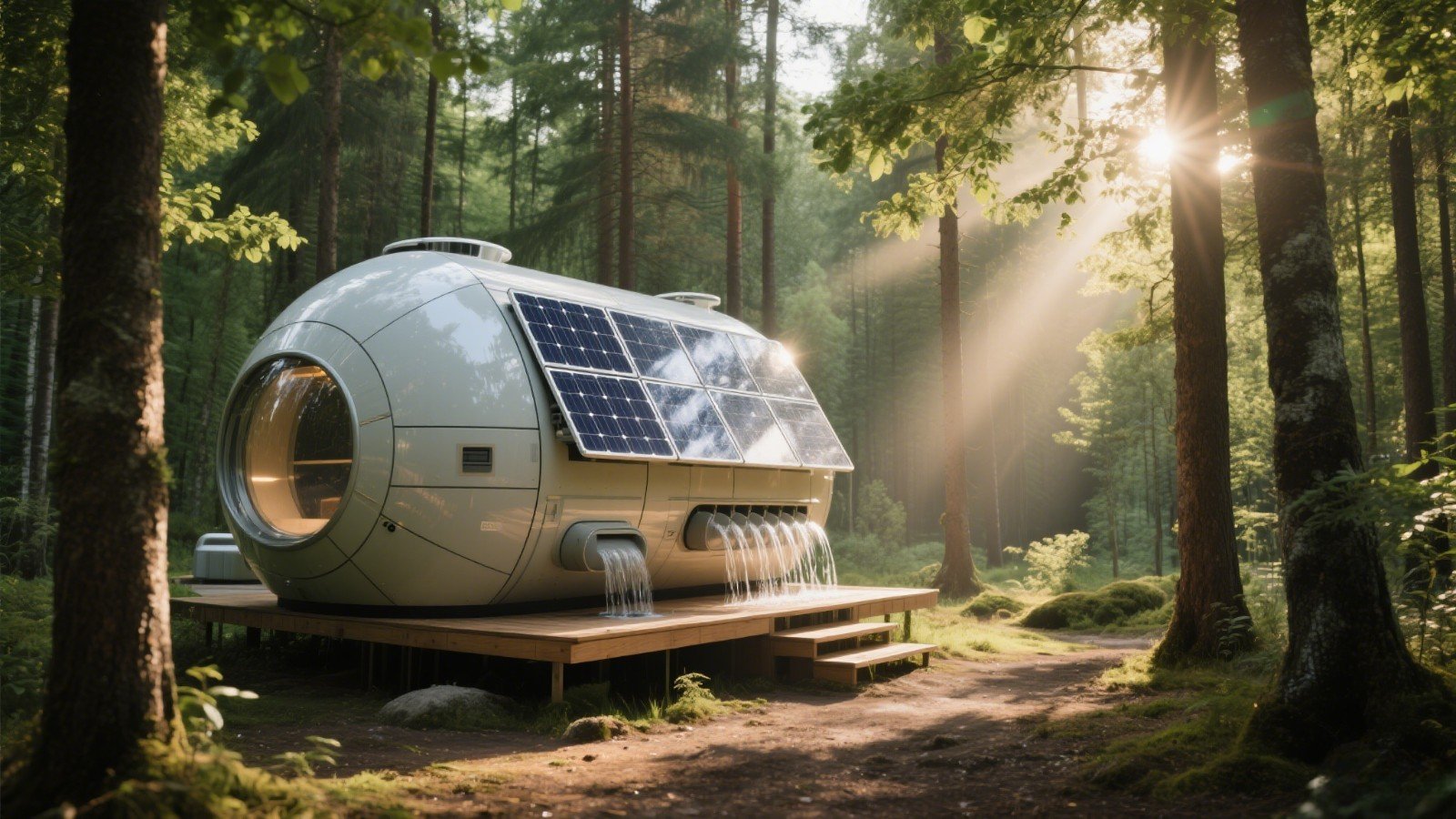
Compared with traditional buildings, space capsules can be constructed much faster. They can be prefabricated in factories and then quickly assembled on - site.
In a mountain resort in Canada, to start operations before the peak tourist season, the resort chose the space - capsule accommodation solution. From the procurement of the space capsules to the completion of on - site assembly, the entire process took only 3 months. If traditional construction methods were used, the construction period would be at least 1 year. The rapid construction period allowed the resort to start operations faster, seize market opportunities in advance, and generate revenue earlier.
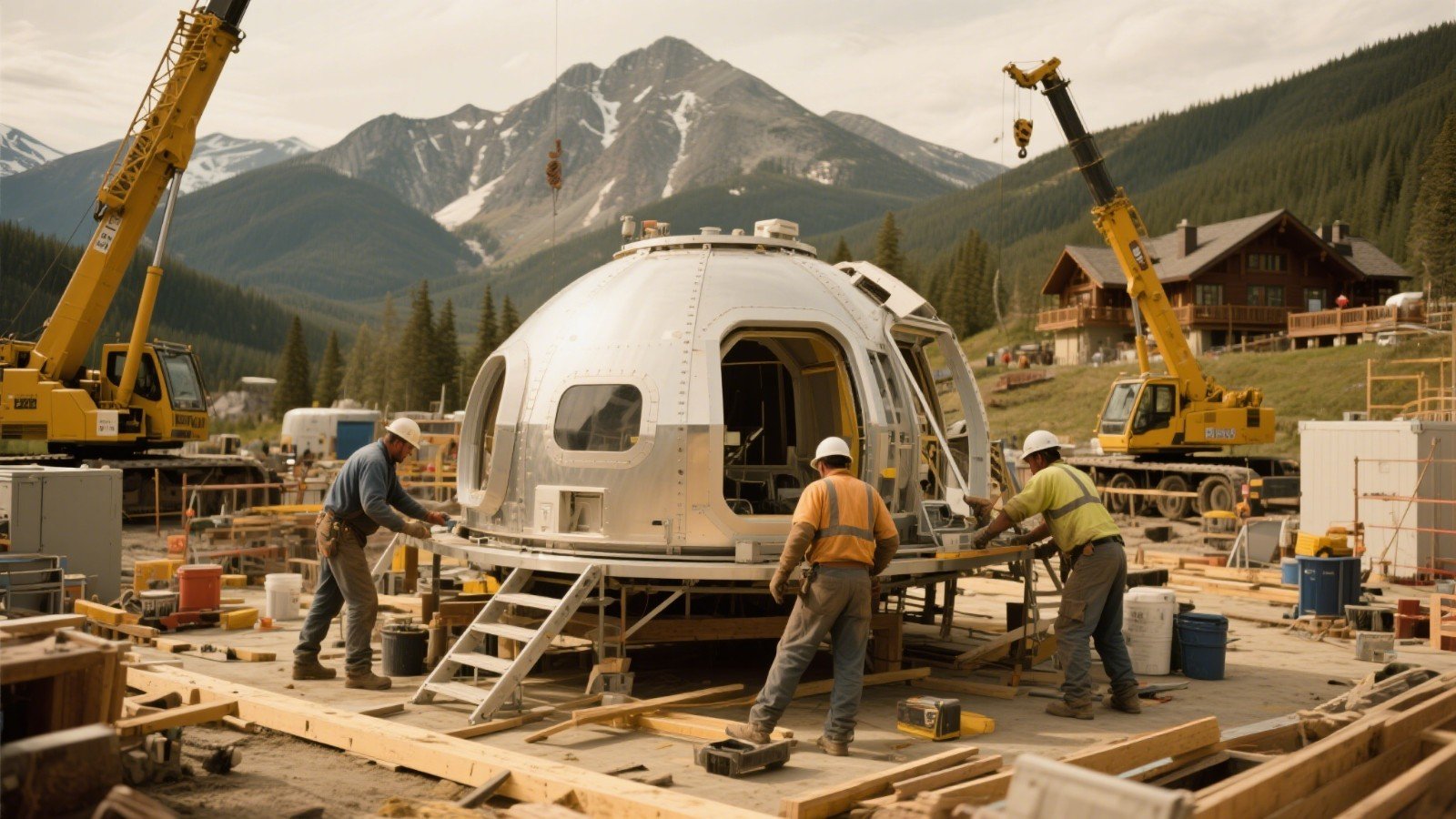
The initial investment costs of space capsules mainly include the procurement cost of space capsules, the cost of renting or purchasing the site, and the cost of infrastructure construction.
Take a medium - sized space - capsule resort in the United States as an example. Suppose 20 space capsules need to be purchased, and the procurement price of each space capsule ranges from 25,000. Then the procurement cost of the space capsules is approximately 500,000. The cost of renting or purchasing the site varies depending on the region and location. Suppose the annual site rental cost is 150,000. Therefore, the initial investment cost is approximately 730,000.
Operating costs mainly include personnel wages, water and electricity fees, maintenance and repair costs, and marketing expenses.
Suppose the resort needs to hire 12 employees, with a monthly wage of 432,000. Water and electricity fees vary according to actual usage and are estimated to be 40,000 per year. Marketing expenses are used to promote the resort and attract tourists, and are estimated to be 572,000.
The main source of income for space - capsule resorts is accommodation income. Suppose the nightly accommodation price for each space capsule is 150, the average occupancy rate is 65%, and the resort operates for 300 days a year. Then the annual accommodation income of 20 space capsules is approximately:
(100 + 150)÷2×20×65\%×300 = $487,500
In addition, the resort can also increase income by providing value - added services such as catering, entertainment, and sales of tourist souvenirs. Suppose the value - added services can bring in an additional 567,500.
Based on the above data, we can calculate the annual net profit of the space - capsule resort. Annual net profit = Annual total income - Annual operating costs = 572,000 = -$4,500 (There may be a loss in the first year due to factors such as market promotion)
However, with the improvement of the resort's popularity and the expansion of its market share, the occupancy rate is expected to increase further. Suppose the occupancy rate increases to 70% in the second year. Then the accommodation income will increase to:
(100 + 150)÷2×20×70\%×300 = $525,000
The total annual income will increase to 605,000 - 33,000
According to this development trend, taking the initial investment cost of $630,000 (taking the middle value) as an example, it will take about 19 years to recover the cost (without considering the time value of money). However, considering the potential value appreciation and additional income of the resort in the future, the actual investment return period may be shortened.
Uncertainty of Market Demand: The tourism market is greatly affected by factors such as the economic situation, seasonal changes, and unexpected events. There is also uncertainty in the market demand for space - capsule resorts. If the market demand is insufficient, it may lead to a low occupancy rate and affect the investment return. For example, during an economic recession, tourists' willingness to spend on tourism may decrease, resulting in a reduction in the resort's customer base.
Competitive Pressure: With the gradual popularization of space - capsule accommodations, market competition will also become increasingly fierce. If the resort cannot form differentiated competitive advantages in terms of service quality and unique experiences, it may face the risk of customer loss. New similar resorts opening nearby may attract tourists with lower prices or better services.
Policy and Regulatory Restrictions: The construction and operation of space capsules need to comply with relevant policies and regulations, such as land use, building safety, and fire protection. If there are changes in policies and regulations, it may have an impact on the construction and operation of the resort. For example, new environmental regulations may require the resort to increase investment in environmental protection facilities, increasing operating costs.
Conduct Thorough Market Research: Before investing, conduct in - depth market research on the target market to understand market demand, competitive conditions, consumer preferences, and other information, so as to provide a basis for the positioning and planning of the resort. Information can be collected through methods such as questionnaires, interviews, and data analysis to ensure that the resort's characteristics and services meet market demand.
Create Unique Experiences: Pay attention to creating unique characteristics for the space - capsule resort, and combine local cultural and natural landscape resources to provide unique accommodation experiences and tourism activities to attract more tourists. For example, theme activities related to local culture can be launched to allow tourists to gain a deeper understanding of local culture while staying.
Strengthen Operation and Management: Establish a scientific management system, improve service quality, and reduce operating costs. At the same time, strengthen marketing and promotion to improve the resort's popularity and reputation. Social media, online travel platforms, and other channels can be used for publicity and promotion to attract more potential tourists.
Pay Attention to Policies and Regulations: Keep a close eye on changes in policies and regulations to ensure that the resort's construction and operation comply with relevant requirements. Maintain communication with government departments to stay informed of policy dynamics in a timely manner and make preparations in advance.
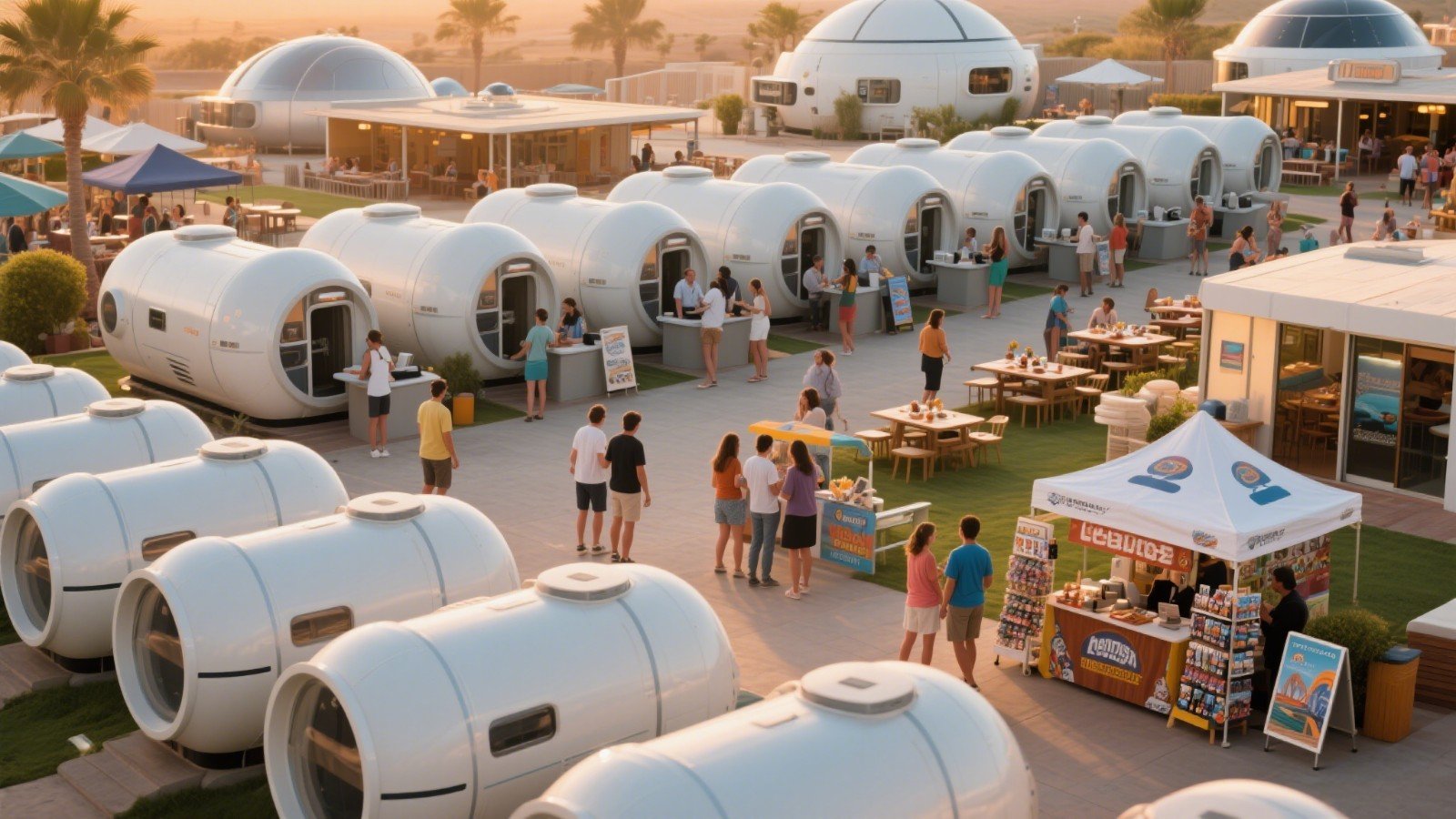
In conclusion, space capsules have a certain degree of suitability and development potential in tourist resorts. Although there are certain risks in investing in space - capsule resorts, with reasonable planning, scientific operation, and effective risk management, it is possible to achieve a good investment return. If you are enthusiastic about the tourism industry and have a certain amount of financial strength and operation and management capabilities, then a space - capsule resort may be an investment project worth considering. However, before making an investment decision, more comprehensive and in - depth market analysis and risk assessment are still needed.
Inquiry Now